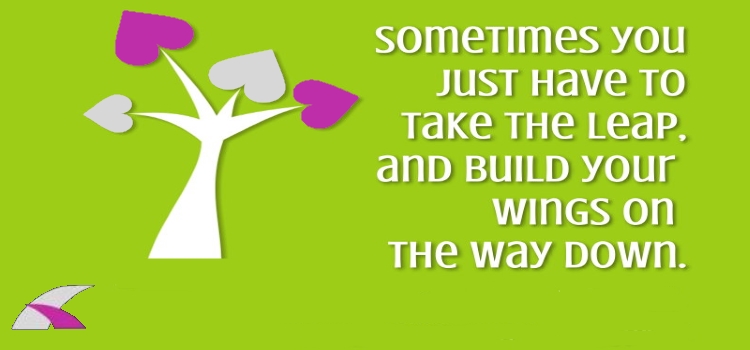Structure: Identifying objects of the immediate surroundings: The use of 'There is / are' in affirmative, interrogative and negative forms.
Level: Beginner
Author: Inge Tuijnman

Being able to correctly use 'there is' and 'there are' is integral to English language learning. It is how we express the fact that something
exists. Activities for kids can be difficult to write as a teacher, especially ones that address structures that can be boring for some children. A successful kids activity is one that transmits the structure clearly to the students, through the medium of something fun, while retaining control over the class.
We like Inge's proposal for teaching children structure as she keeps it simple and teacher friendly, using crystal clear instructions. It's fast
too, so as not to allow for any boredom. Kids activities should generally be shorter and snappier for this reason. Rather than one longer activity, Inge has split hers into 3 smaller ones. This way the class moves at a faster pace, and it also allows the teacher to
choose which elements of the activity they wish to employ. Finally, the activity is
fun, using a wealth of images to maintain interest and a game which allows for humour and healthy competition.
Would you use this in class?
ACTIVITY: There is something about you
Intro: Tell the students: Let's describe the classroom!
Now model the structure:
THERE IS a window
THERE ARE students
THERE IS a painting
THERE ARE pens etc.
Activity 1: Show students the image of the classroom below and have them describe what they see using THERE IS and THERE ARE correctly.

Ask one student a question: IS THERE a teacher in the classroom?
This student must then answer the question and create a question for the student on their left. This continues until all students have practiced the structure in the interrogative form as well as positive and negative.
Activity 2: Show students this picture. Check for understanding.

Now give each student a blank sheet of paper and have them fold it twice, so the page is divided into 4 parts.
Choose one of the following images and hide it from the students. Now get them to draw it as you describe it. E.G. "THERE IS a triangle at the TOP of the page." etc. GO SLOWLY and check for understanding. After your description, compare the results of the drawings! If students feel confident, they can then pick an image and have the other students draw as they describe.



 Wrap up:
Wrap up:
- IS THERE a clock on the wall?
- ARE THERE people in class?
- IS THERE time for another activity?! Yes there is!
Target Language:
- THERE IS
- THERE ARE
- TOP
- BOTTOM
- LEFT
- RIGHT
About the author of this activity:

Inge has been working at Oxbridge for just under a year. She is an excellent author of kids' activities as well as a teacher of them - and all ages! - having perfected the balance between fun and discipline which commands respect from the students. She keeps her activities simple and teacher friendly which renders them extremely effective in class.
















